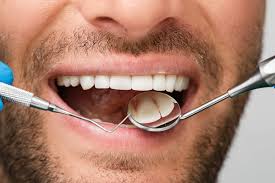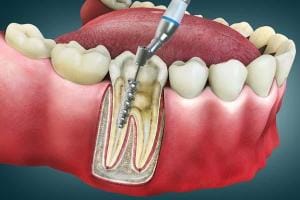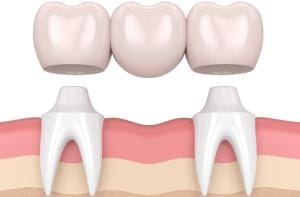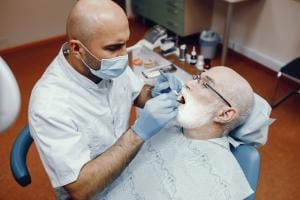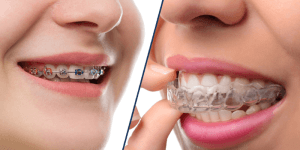Gum disease (periodontal disease) starts as gingivitis — inflammation and swelling of the gum tissues — and can progress deeper, affecting the bone and connective tissues that support the teeth. As the disease worsens, pockets form between the gums and teeth, bacteria thrive there, and the structural support of the teeth can be eroded. If left untreated, it can lead to tooth mobility or even loss.
In Indianapolis, patients suffering from symptoms like bleeding gums, gum recession, persistent bad breath, or loosening teeth often seek periodontal treatments to restore oral health and prevent further damage.
Treatment Philosophy: Less Invasive First
At Olive Branch Dentists in Indianapolis, the approach is to begin with the least invasive, non-surgical therapies. If those are insufficient for the severity of disease, more advanced surgical treatments are considered. The logic behind this is to preserve as much natural tissue as possible while controlling bacterial infection and allowing the gums to heal.
Non-Surgical Treatments
Scaling and Root Planing
This is the foundational non-surgical method. In this procedure:
-
An ultrasonic cleaning device is used to remove plaque and tartar deposits from the teeth and roots — particularly in regions below the gum line where regular brushing and flossing can’t reach.
-
After cleaning, the root surfaces are smoothed (“planed”), reducing rough areas that trap bacteria and promoting better reattachment of the gums to the tooth.
If periodontal disease is caught early or is mild to moderate, scaling and root planing may fully resolve the condition. However, success depends heavily on good home care — brushing and flossing consistently, following a healthy diet, avoiding tobacco, and keeping regular dental checkups. Even a successful treatment can be undermined if follow-up hygiene is neglected.
Surgical Treatment Options
When damage is more severe — for instance, extensive bone loss, deep periodontal pockets, or widespread gum tissue destruction — surgical intervention may be required. Olive Branch Dentists enumerate several common surgical procedures:
Pocket Depth Reduction (Flap Surgery)
Here’s how it works:
-
The gums are gently folded back to expose the roots and underlying bone.
-
Plaque, tartar, and bacterial biofilm hiding in deep pockets are removed.
-
Severely damaged tissue may be trimmed.
-
The gums are sutured back into position so that pockets are shallower and better able to heal and reattach.
By reducing pocket depth, this procedure reduces space where bacteria can hide and helps the gums better re-adhere to teeth.
Regeneration
If bone or soft tissue has been lost, regenerative techniques may be used:
-
After cleaning the diseased area, a bone graft may be placed.
-
Sometimes a special protein or membrane is used to encourage regrowth of bone and connective tissues.
-
Over time, these materials help foster the reconstruction of lost support structures, which strengthens the foundation of the teeth.
Soft-Tissue Graft
Gum recession (exposed roots) is a frequent consequence of periodontal disease and can cause sensitivity or aesthetic concerns. In a soft tissue graft:
-
Tissue (often from the patient’s palate or another donor source) is placed over the exposed roots.
-
The new tissue is sutured in place to restore the gum line to a healthier, more natural contour.
-
This both protects the root surfaces and improves appearance, while also reducing vulnerability to future disease.
Why Proper Treatment Matters
Periodontal disease isn’t just a local oral issue — evidence links it to systemic health conditions such as cardiovascular disease, diabetes, and adverse pregnancy outcomes. Early intervention eases the burden of more extensive treatment later, and helps maintain not just oral health but broader wellness.
In Indianapolis and beyond, patients benefit when gum disease is treated promptly, and when periodontal therapy is paired with good oral hygiene and routine dental care. Success depends not only on the procedure chosen but on long-term maintenance and patient commitment.
Choosing a Provider in Indianapolis
If you are considering periodontal care in Indianapolis, here are key criteria to look for:
-
A dental office that emphasizes non-surgical options first, resorting to surgery only when necessary
-
Clear explanations of each procedure, expected outcomes, and aftercare
-
Clinicians experienced in grafting, regeneration, and periodontal surgery
-
A comprehensive plan that includes maintenance checks and preventive care
A balanced, patient-focused practice that follows these principles gives you the best chance of restoring and preserving gum health.

